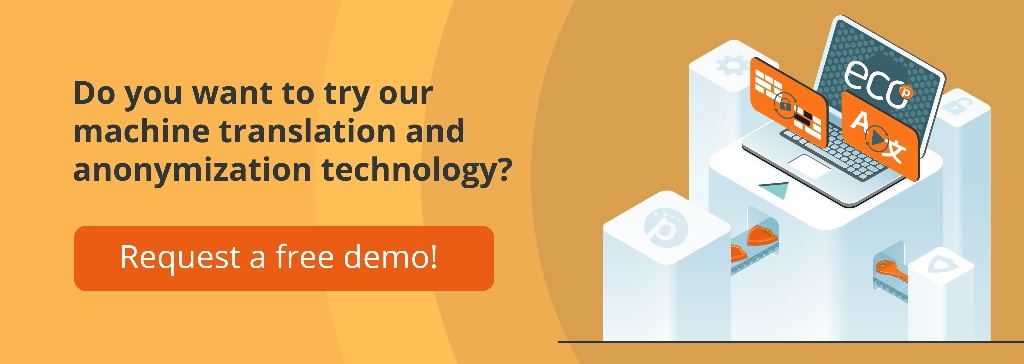Nowadays, the output from machine translation output is getting better and better, especially since the advances in neural machine translation. It means that companies, in order to save time and money, are more and more inclined to use this technology for their translation projects.
Of course, the results are still not good enough for content to be published without reviewing it, and this is why we need post-editing. For more information on the subject, feel free to check out this post! But what is post-editing exactly? What are the different types of post-editing? And more importantly, what makes a good post-editor? What are the most common mistakes made by the machine? And how can the translator of today become the post-editor of tomorrow? Let’s find out!
What is MTPE?
Post-editing is slowly changing the landscape of the translation industry. But what is it exactly? It is the process by which a translator or a linguist reviews a translation generated by a machine, and then corrects it in order to convert it into optimal publishing material. Depending on the client's instructions, different types of post-editing can be used. For texts that are not destined for publishing, or when there is not enough time and only the overall meaning matters, light post-editing can be a solution. For this type of post-editing, only major mistakes that impact the ability to understand the text (mistranslations, omissions, additions, etc.) are corrected. Spelling, grammatical, or punctuation mistakes may not always be corrected, which can be a real challenge for any translator.

For publishable content, full post-editing is the solution; the final text has to read as though it were written by a human translator. It involves following the client’s terminology, adapting to the source text style and format, keeping consistency, and of course correcting every single mistake that is detected.
Tips for future post-editors
In order to provide the best quality translation, the translator might be tempted to translate from scratch. But MT post-editing requires you to use as much MT output as you can. There is no need to over-edit, change the style or use nice synonyms. Here are a few tips to help you get started as a future post-editor:
-
Use as much MT output as you can: if it’s good enough, don’t ignore it and don’t erase it. Be quick, as time equals money.
-
Read the instructions very carefully: each client will have their own guidelines, so be sure to follow them!
-
Don’t use synonyms: if a word or sentence is correctly translated, you do not have the obligation to substitute the expression with one that sounds prettier.
-
Checking terminology is obviously a useful step, but this only needs to be carried out thoroughly when the MT output is clearly wrong.
-
Go back and read everything again once you have finished (well, let’s hope you already do that).
-
Run a QA check at the end: the machine is not 100% reliable and I’m sorry to break it to you, but neither is the person post-editing the text afterward.
-
And finally, keep an open mind. The machine is a tool and is there to help you, not to replace you. Ignoring it won’t make it go away. The industry is evolving and you must evolve with it.
Sounds hard, right? How can I ignore all of my instincts and work faster?
Read more: Techniques for Measuring Machine Translation Quality
Common machine translation mistakes
One of the most important things is to understand the machine and to know what to expect from it. So, here are the most common mistakes made by the machine:
-
Added/omitted words in the target
-
Mistranslations
-
Wrong word order for compound nouns
-
Wrong gender or number
-
Wrong punctuation
-
Wrong capitalization
-
Inconsistencies
-
Words in source language left in the target
-
Wrong/missing articles
So, hopefully, you are no longer apprehensive and are now ready to take on the challenge of MTPE. Now it’s your turn. What do you think? Do you think every translator should start preparing for this new task?
In a society that interacts with ever-evolving technology at all times, the role that humans play is still a necessity.
Machine translation gives us speed when doing translations; but if you want quality translations, you always need to lean on humans to guarantee that touch of experience, localization and context that machines cannot always provide.




-1.png)